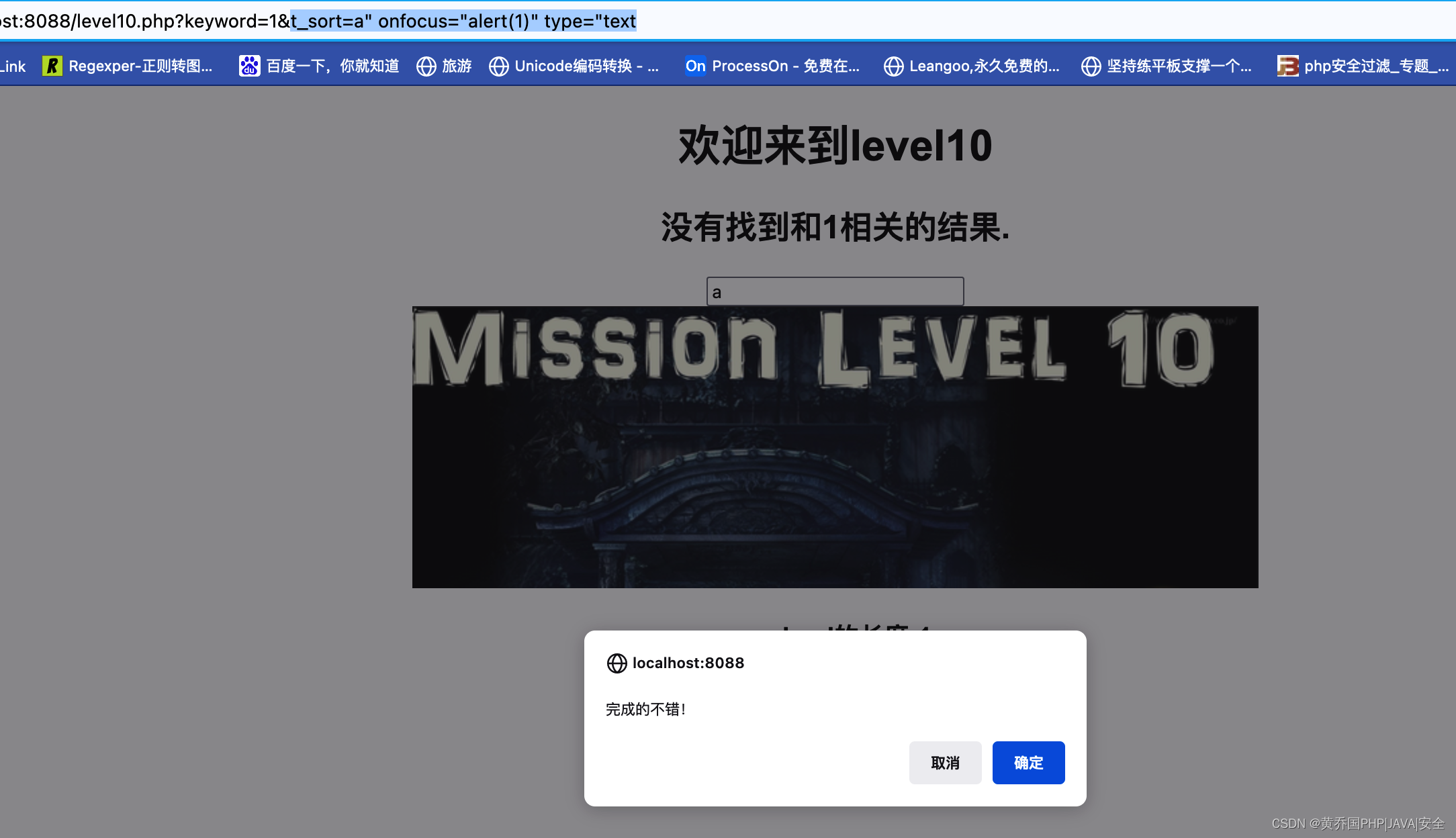一:背景介绍
项目开发中。我们使用的是MyBatis,在MyBatis的xml文件里,两个表的更新功能,写了足足11个更新接口,毫无复用的思想

这种方式可以正常的实现功能,但是没有复用,无论是从时间上还是维护性上,都会增加额外的成本,那么我们该如何解决这个问题呢?如何写出可以复用的语句呢?在下面的例子里我会给大家进行展示
二:前期准备
我们需要准备一个使用MyBatis的maven项目。大家需要提前准备好Mysql数据库
引入pom依赖
<dependencies>
<dependency>
<groupId>mysql</groupId>
<artifactId>mysql-connector-java</artifactId>
<version>5.1.47</version>
</dependency>
<!--mybatis-->
<dependency>
<groupId>org.mybatis</groupId>
<artifactId>mybatis</artifactId>
<version>3.5.2</version>
</dependency>
<!--junit-->
<dependency>
<groupId>junit</groupId>
<artifactId>junit</artifactId>
<version>4.12</version>
<scope>test</scope>
</dependency>
</dependencies>
这里我们只需要引入mysql,mybatis,junit测试三个依赖即可。
引入之后我们要配置一些数据库的连接问题
数据库连接文件
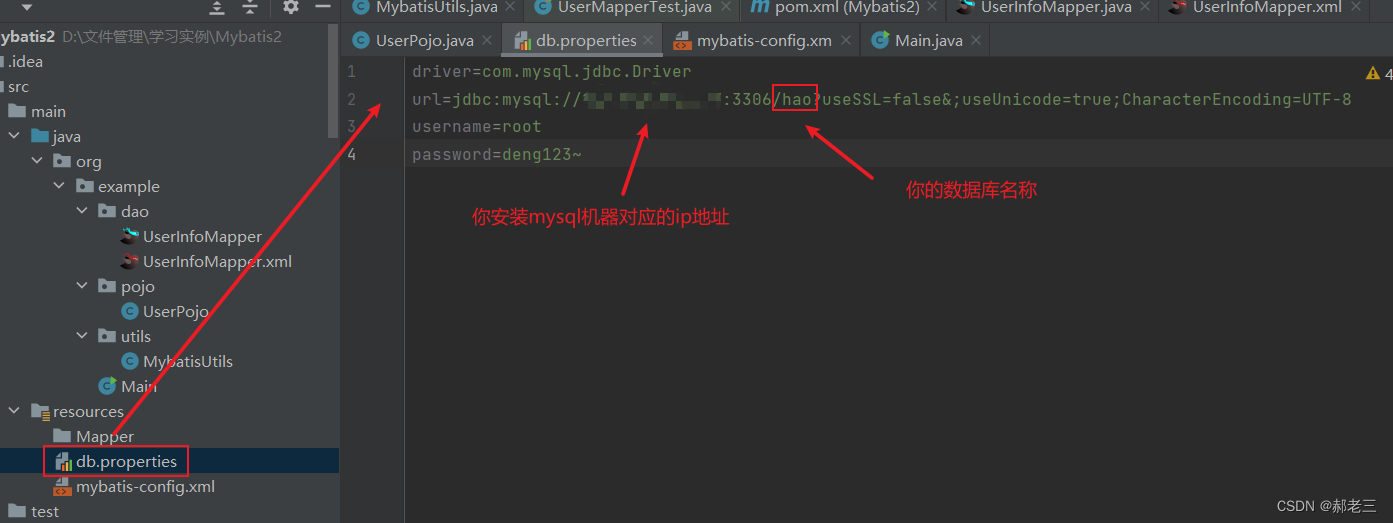
这里注意将自己数据库机器的ip地址和对应的库名写对,不然无法连接自己的数据库。
MyBatis配置文件
<?xml version="1.0" encoding="UTF-8" ?>
<!DOCTYPE configuration
PUBLIC "-//mybatis.org//DTD Config 3.0//EN"
"https://mybatis.org/dtd/mybatis-3-config.dtd">
<!--configuration mybatis的核心配置文件-->
<configuration>
<!--引入外部配置文件-->
<properties resource="db.properties"/>
<!--配置-->
<settings>
<!--标准日志工厂设置-->
<setting name="logImpl" value="STDOUT_LOGGING"/>
<!--显示的开启全局缓存-->
<setting name="cacheEnabled" value="true"/>
</settings>
<!--可以给实体类取别名-->
<typeAliases>
<!--可以指定一个包名,MyBatis会在包名下面搜索需要的Java Bean-->
<package name="org.example.pojo"/>
</typeAliases>
<!--environments 后面的s表示这是一个复数,可以编写多套环境 default表示默认的环境为development-->
<environments default="development">
<!--编写一套环境 名称为configuration-->
<environment id="development">
<!--jdbc的事务管理-->
<transactionManager type="JDBC"/>
<!--配置数据库相关数据-->
<dataSource type="POOLED">
<property name="driver" value="${driver}"/>
<!--userSSL是一个按权连接 &是一个转移符 等同于and CharacterEncoding=utf-8可以保证输入数据库的数据不乱码-->
<property name="url" value="${url}"/>
<property name="username" value="${username}"/>
<property name="password" value="${password}"/>
</dataSource>
</environment>
</environments>
<!--绑定接口-->
<mappers>
<mapper class="org.example.dao.UserInfoMapper"/>
</mappers>
</configuration>
MyBatis配置类
public class MybatisUtils {
private static SqlSessionFactory sqlSessionFactory;
//静态代码块:一旦初始化就加载
static{
try {
//使用Mybatis第一步:获取sqlSessionFactory对象
//获取资源,直接读到mybatis-config.xml
String resource = "mybatis-config.xml";
//需要用到输入流(InputStream) 把resource类加载进来
InputStream inputStream = Resources.getResourceAsStream(resource);
//通过build把输入流加载进来
sqlSessionFactory = new SqlSessionFactoryBuilder().build(inputStream);
} catch (IOException e) {
e.printStackTrace();
}
}
public static SqlSession getSqlSession() {
//openSession中有自动commit(提交)事务的方法,加上true就能实现
return sqlSessionFactory.openSession(true);
}
}
到这里,我们的基本环境就准备好了,可以进行代码的编写
三:通用的更新语句
我写了一个通用的更新语句,将这个语句写好之后,我们可以去上文提到的,两张表 11个更新接口其中一个写了9个更新接口的mapper.xml文件,看一看这个通用的mapper能够覆盖到多少个。
通用update语句
<update id="updateCourseGroupConfiguration" parameterType="org.example.pojo.UserCourseGroupConfigurationPojo">
update arpro_user_course_group_configuration
<trim prefix="SET" suffixOverrides=",1">
<if test="infoId != null">info_id = #{infoId}</if>
<if test="courseId != null">course_id = #{courseId}</if>
<if test="classId != null">class_id = #{classId}</if>
<if test="groupId != null">group_id = #{groupId}</if>
<if test="type != null">type = #{type}</if>
<if test="isDelete != null">is_delete = #{isDelete}</if>
<if test="remark != null">remark = #{remark}</if>
<if test="isLike != null">is_like = #{isLike}</if>
</trim>
where is_delete = 0
<if test="infoId != null"> and info_id = #{infoId}</if>
<if test="courseId != null">and course_id = #{courseId}</if>
<if test="classId != null">and class_id = #{classId}</if>
<if test="groupId != null">and group_id = #{groupId}</if>
<if test="isLike != null">and is_like = #{isLike}</if>
<if test="type != null">and type = #{type}</if>
</update>
可以覆盖的更新接口
<update id="updateGroupRelationship">
UPDATE arpro_user_course_group_configuration
set group_id = #{newGroupId}
WHERE
group_id = #{oldGroupId} and
type = #{type}
</update>
<update id="updateGroupIsDelete">
UPDATE arpro_user_course_group_configuration
SET is_delete=1
WHERE class_id = #{classId}
AND course_id = #{courseId}
</update>
<update id="updateGroupIsDeleteByCourseId">
UPDATE arpro_user_course_group_configuration
SET is_delete=1
WHERE course_id = #{courseId}
</update>
<update id="updateGroupRelationshipByClassIdAndCourseId">
UPDATE arpro_user_course_group_configuration
set group_id = #{groupCourseModel.newGroupId} ,is_like = #{isLike}
WHERE
type = #{groupCourseModel.type} and class_id = #{groupCourseModel.classId} and course_id = #{groupCourseModel.courseId} and info_id =#{groupCourseModel.infoId}
</update>
<update id="updateCourseIsLike" parameterType="com.tfjy.arprobackend.model.GroupCourseModel">
UPDATE arpro_user_course_group_configuration
set is_like = #{isLike}
where group_id = #{groupId} and type = #{type}
</update>
<update id="updateUserCourseIsLike">
UPDATE arpro_user_course_group_configuration
set is_like = 1
where info_id = #{infoId} and type = #{type} and group_id != #{groupId} and is_delete = 0
</update>
<update id="updateUserCourseNotLike">
UPDATE arpro_user_course_group_configuration
set is_like = 0
where info_id = #{infoId} and type = #{type} and group_id = #{groupId} and is_delete = 0
</update>
<update id="updateGroupRelation">
UPDATE arpro_user_course_group_configuration
set group_id = #{newGroupId} ,info_id = #{newInfoId}
WHERE
type = 1 and class_id = #{classId} and course_id = #{courseId} and info_id = #{oldInfoId}
</update>
暂时无法覆盖到的更新接口
<update id="updateGroupIsDeleteByUserId">
update `arpro_user_course_group_configuration` set is_delete =1 WHERE course_id=#{courseAndStudentInfoModel.courseId} AND class_id=#{courseAndStudentInfoModel.classId} AND
info_id IN
<foreach item="student" collection="studentList" open="(" separator="," close=")">
#{student}
</foreach>
</update>
从结果上来看,二者的对比是惊人的。一个通用的更新接口,竟然覆盖了我写的更新的9个接口中的8个,也就是说,在之前的开发中,造了7个重复的轮子。并且至少多了7处使用这些sql语句的地方,多了7个需要维护的代码。
复用思想多么的重要啊,没有这种思想,写一些重复的代码,不但效率低,时间长,还加大了出错的可能。
四:总结
写代码的时候,一定,一定,一定,要考虑维护的问题,考虑复用的问题。这样我们写出的代码才能不仅可以实现功能,而且还容易维护。
接下来还要总结MyBatis的动态sql的写法,写出复用性高的sql
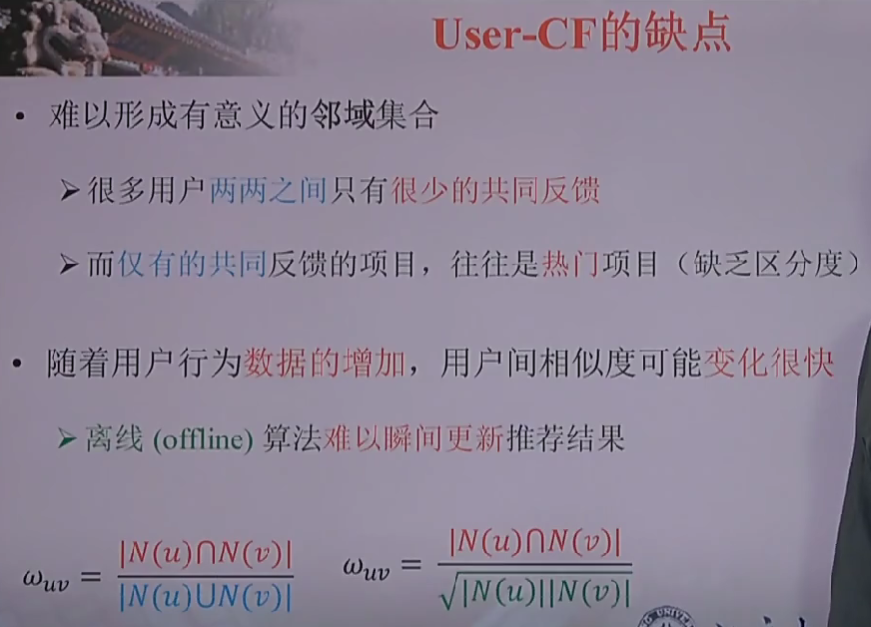





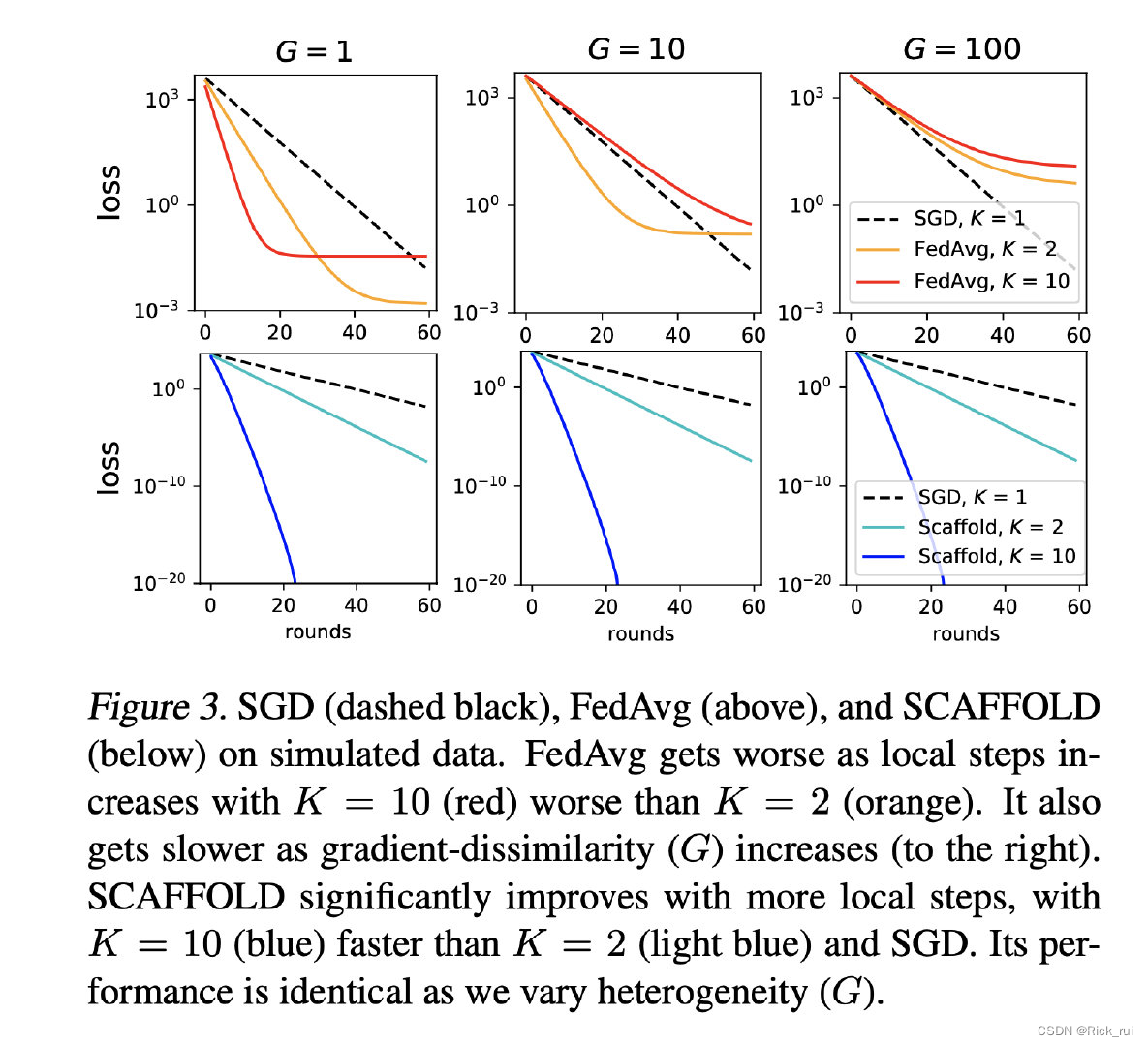
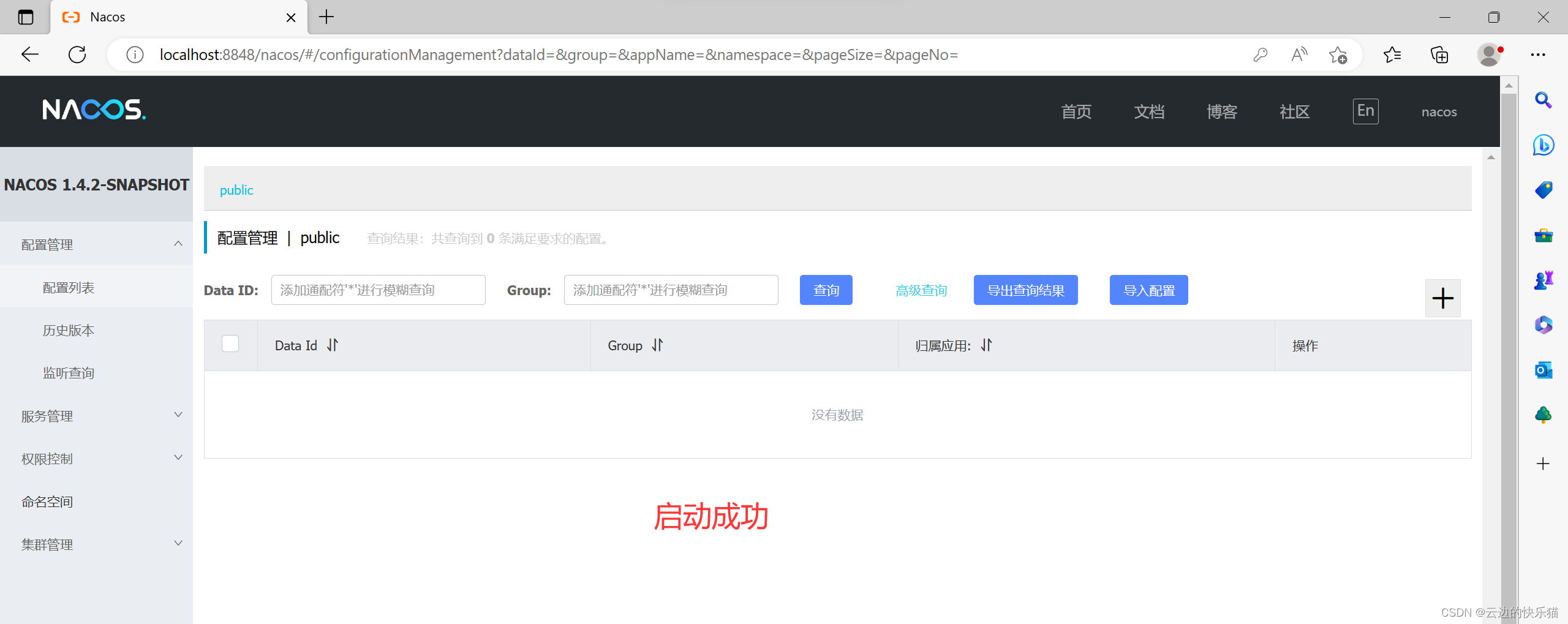
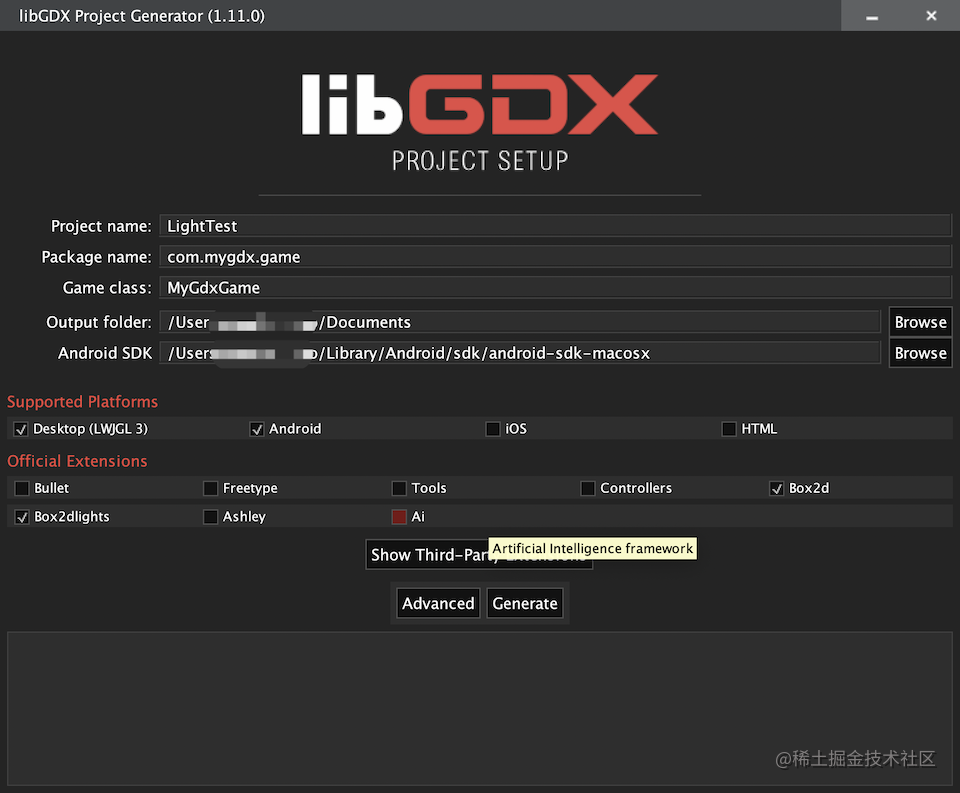



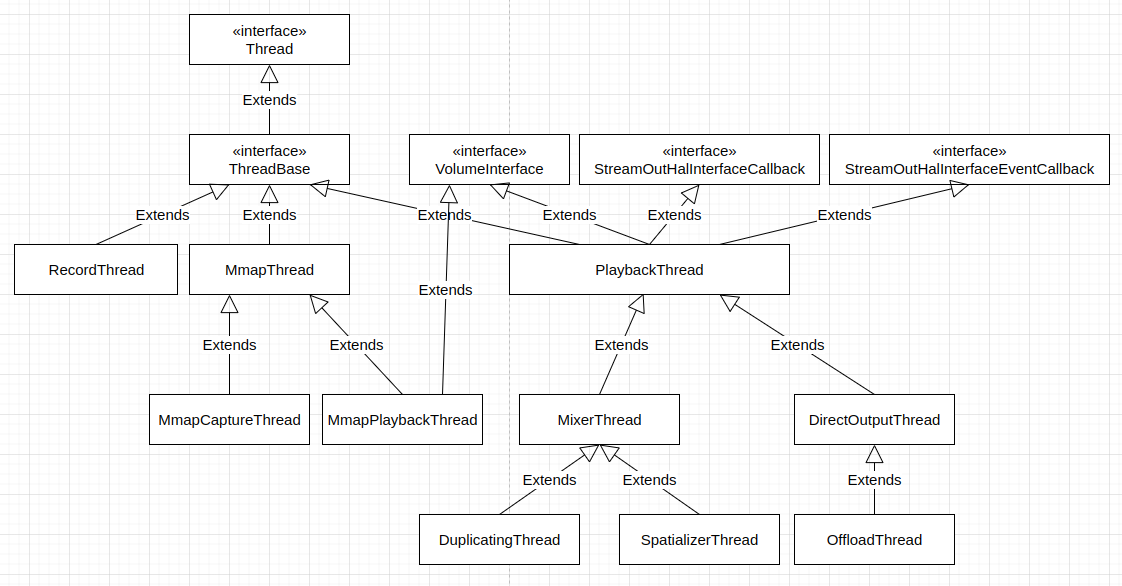
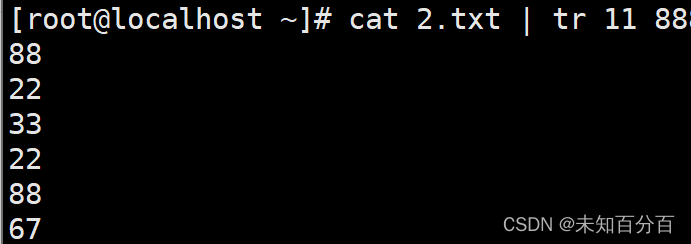
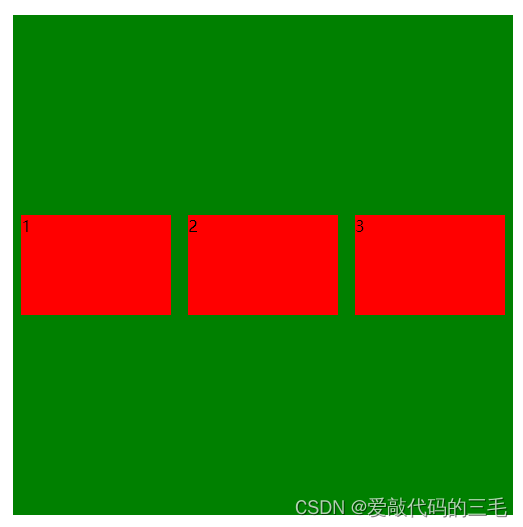


![[ 攻防演练演示篇 ] 利用通达OA 文件上传漏洞上传webshell获取主机权限](https://img-blog.csdnimg.cn/5aef87cb78a94c29a10e8633cbd8aae5.png)
